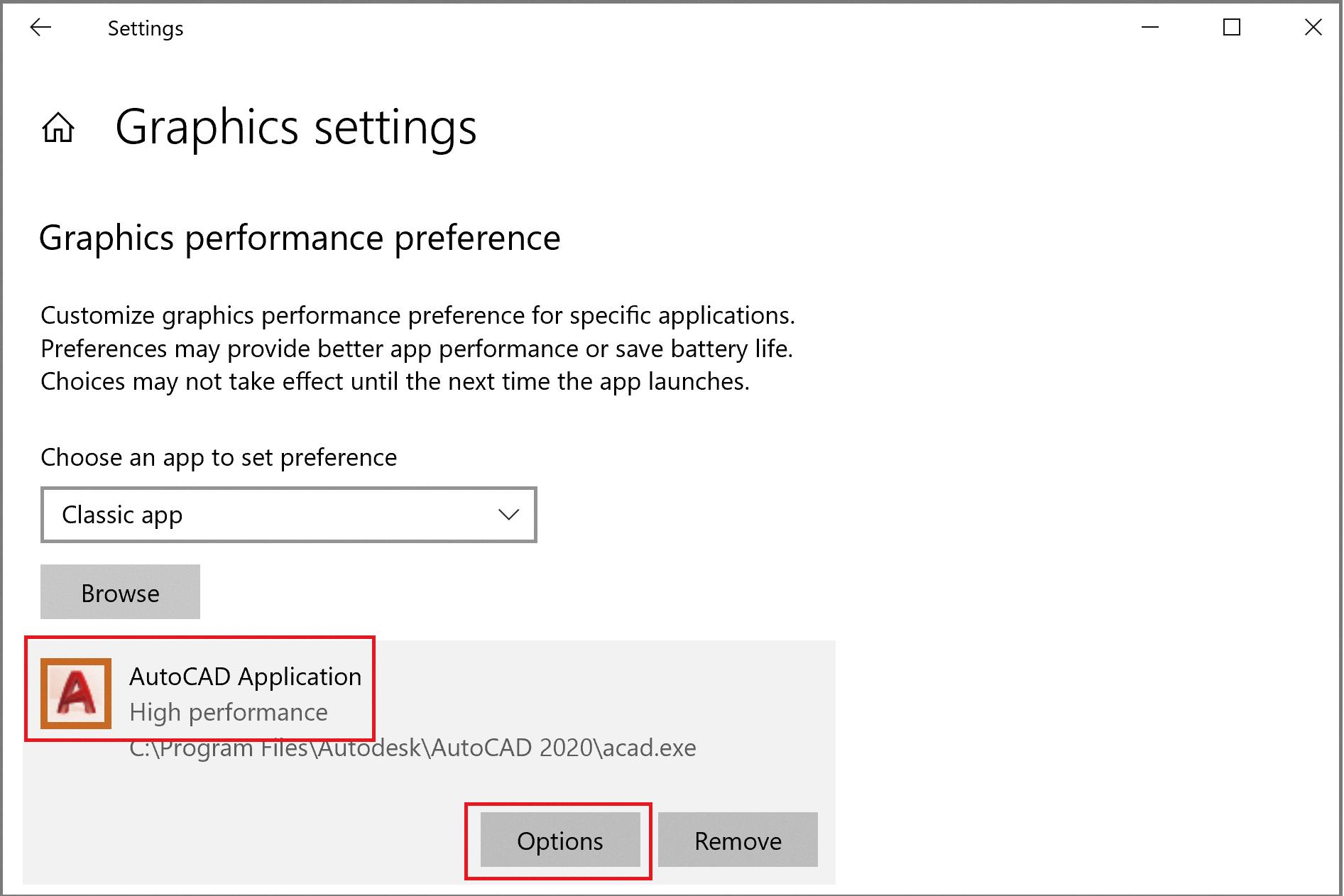If you’re a gaming enthusiast or someone who relies heavily on graphic-intensive applications, you understand the importance of having optimal graphics card settings. Windows 10 provides users with the flexibility to customize and change these settings to enhance their visual experience. In this article, we will explore how to access and modify graphics card settings in Windows 10.
To begin, let’s first understand why you might want to change your graphics card settings. By default, Windows 10 automatically selects the graphics card for each application based on system requirements. However, there may be instances where you want to manually assign a specific graphics card to a particular application, especially if you have multiple GPUs installed on your system.
To change graphics card settings in Windows 10, follow these steps:
1. First, open the Graphics Settings menu by typing “Graphics Settings” in the Windows search bar and selecting the “Open” option.
2. In the Graphics Performance Preference window, you’ll see two options: Desktop app and Microsoft Store app. Choose the appropriate option based on the application you want to modify.
3. Once you’ve selected the app, click on the application name/icon, and then click on “Options.”
4. In the Options menu, you’ll find the setting to choose your preferred GPU. Click on the drop-down menu and select the desired graphics card from the list.
5. After selecting your preferred GPU, click on “Save” to apply the changes.
It’s important to note that the above steps will work for applications installed from outside the Microsoft Store. If you want to change graphics card settings for apps downloaded from the Microsoft Store, you can do so by accessing the “Graphics Settings” option within the app’s settings.
Remember, it’s essential to check the system requirements of each application to determine which graphics card will provide the best performance. Additionally, keep your graphics card drivers up to date to ensure compatibility and access to the latest features.
Windows 10 offers users the ability to change graphics card settings for a more personalized experience. Whether you’re a gamer or someone who relies on graphic-intensive applications, understanding how to modify these settings can enhance your overall visual experience. So, go ahead and explore the graphics card settings in Windows 10 to unleash the full potential of your system.
How Do I Change My Graphics Card Settings?
To change your graphics card settings, follow these steps:
1. Click on the Start icon on your desktop.
2. In the search bar, type “Graphics Settings” and click on the results from System Settings.
3. A window called Graphics Settings will open. Click on the Desktop App option.
4. Browse and select the application for which you want to change the graphics card settings.
5. Once you have selected the application, click on its name or icon.
6. Click on the Options button.
7. In the Graphics specifications section, you will find a dropdown menu where you can set the application to use your preferred GPU (graphics processing unit).
8. Choose the desired GPU from the dropdown menu.
9. click on the Save button to apply the changes.
By following these steps, you will be able to change the graphics card settings for a specific application on your computer.

How Do You Change Your Graphics Settings on Windows 10?
To change your graphics settings on Windows 10, follow these steps:
1. Type and search for “Graphics settings” in the Windows search bar.
2. Click on the “Graphics settings” option that appears and open it.
3. In the Graphics performance preference window, you will see a drop-down menu.
4. Click on the drop-down menu and select either “Desktop app” or “Microsoft Store app” based on the application you want to set preferences for.
5. Once you have selected the desired option, you can choose the application you want to set preferences for by clicking on it.
6. After selecting the application, click on the “Options” button.
7. In the Options menu, you can set the graphics preference to either “System default,” “Power saving,” or “High performance.”
8. If you want to customize the graphics settings further, you can click on the “Advanced graphics settings” link.
9. In the Advanced graphics settings, you can specify the graphics performance preference for different types of applications, such as classic app, universal app, or a game.
10. You can also specify the graphics preference based on the power source, i.e., when your device is running on battery or plugged in.
11. Once you have made all the desired changes, click on the “Save” button to apply the new graphics settings.
By following these steps, you can easily change and customize the graphics settings for different applications on your Windows 10 system.
How to Configure Graphics Card in Windows 10?
To configure your graphics card in Windows 10, follow these steps:
1. Right-click anywhere on your desktop to open the context menu.
2. From the menu, select the “NVIDIA Control Panel” option. This will launch the NVIDIA Control Panel.
3. In the NVIDIA Control Panel, look for the “3D Settings” option and click on it.
4. Under the “3D Settings” menu, select the “Manage 3D Settings” option.
5. This will open the “Manage 3D Settings” window. Here, you will see two tabs: “Global Settings” and “Program Settings.” Click on the “Program Settings” tab.
6. In the “Program Settings” tab, you will find a pull-down list of programs installed on your computer. Select the specific application or game for which you want to configure the graphics card.
7. Once you have selected the program, you will see two options: “Preferred graphics processor” and “Multi-display/mixed-GPU acceleration.”
8. Under the “Preferred graphics processor” option, select the desired graphics card you want to use for the selected program. If you have both integrated and dedicated graphics cards, you can choose between them here.
9. If you want to use multiple graphics cards or enable multi-GPU acceleration, you can adjust the settings under the “Multi-display/mixed-GPU acceleration” option.
10. After making the necessary changes, click on the “Apply” button to save the settings.
By following these steps, you can configure your graphics card settings for specific applications or games in Windows 10 using the NVIDIA Control Panel.
How Do You Pull Up Your Graphics Card Settings?
To access your graphics card settings, follow these steps:
1. Click on the “Start” button or press the Windows key on your keyboard.
2. Select “Settings” from the Start menu.
3. In the Settings window, choose the “System” option.
4. From the left-hand side menu, click on “Display”.
5. Scroll down to find the “Related settings” section and select “Advanced display settings”.
6. A new window will open, displaying information about your display.
7. Look for the section labeled “Display information” or “Graphics card information”.
8. Under this section, you will find the make and model of your graphics card.
In some cases, the information displayed may be limited, showing only the basic details of your graphics card. If you need more advanced options or settings specific to your graphics card, you may need to install the appropriate software provided by the manufacturer.
Please note that the precise steps or options may vary slightly depending on your Windows version or graphics card manufacturer. However, the general process remains the same.
Conclusion
Configuring graphics card settings is an essential step in optimizing your computer’s performance for specific applications. By selecting the preferred GPU for an application, you can ensure that it utilizes the most suitable graphics processing power, resulting in smoother and more efficient performance.
To access the graphics settings, you can either search for “Graphics Settings” in the Windows search bar or right-click on your desktop and select “NVIDIA Control Panel.” From there, navigate to the “Manage 3D Settings” or “Programs Settings” tab to choose the app you want to assign a graphics card to.
It’s important to note that the option to choose a preferred GPU is available for both desktop and Microsoft Store apps. This flexibility allows you to optimize performance for a wide range of applications, including games, design software, and video editing tools.
Furthermore, by accessing the advanced display settings, you can gather information about your GPU’s make and model, providing you with a clear understanding of your system’s capabilities.
Taking the time to configure graphics card settings can greatly enhance your computing experience, ensuring that your applications run smoothly and efficiently. This optimization can lead to improved productivity, better gaming experiences, and smoother multimedia playback.













